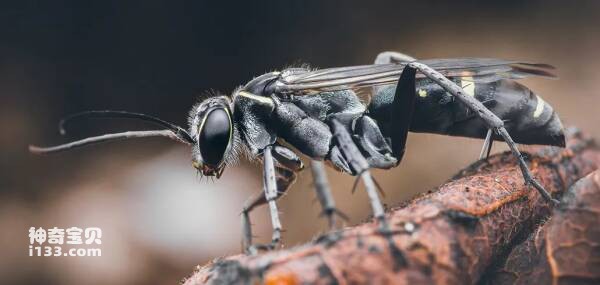In aerodynamics, there is a physical phenomenon called "flutter", which is a harmful vibration during flight. When a plane flies too fast, this phenomenon will occur on the wings, and in severe cases it may even cause the plane to crash and kill people. But some flying insects have already solved this problem. Let's catch a dragonfly. Please take a look at its wings. There is a dark and thickened pigment spot on the front edge of the end of its wings, which looks like a black mole (called a wing nevus in entomology). This is A device used by dragonflies to overcome the "flutter" produced during flight. If we remove this mole and then let it fly, we will see that it is swinging around, not as smooth as before. After people discovered the secret of dragonflies, they borrowed them into airplanes and made a thickened area at the leading edge of the ends of the wings of the airplane, or added a "counterweight" device, thus eliminating harmful " "Flutter" phenomenon.

In the era of scientific and technological modernization, we must gradually improve human aviation technology, and insects can also provide us with further inspiration. Scientists studying bionics have listed it as an important topic. Flying insects such as bees, wasps, mosquitoes, flies, etc. can fly skillfully. They can fly upwards, descend vertically, hang in the air, suddenly fly sideways or turn around. Their flexibility is unmatched by any current aircraft. Arrived. Butterflies and moths can also generate a wave on the surface of their wings when flying to increase thrust and lift, or cause the body to flip around an axis. Obviously, studying these characteristics of insect flight and clarifying their principles will be very beneficial to improving human aviation technology.
Insect wings are very thin. For example, the wings of a dragonfly are as thin as reed membranes, with a length of only 5.1 millimeters, an area of only 4.6 square centimeters, and a weight of only 0.005 grams. Such a thin wing has sufficient strength and rigidity. It can flap 16 to 40 times per second, making the flight speed reach 18-20 meters per second. What a miracle of ultra-light structure flight! Isn't this worthy of careful study by engineers?
animal tags:
We created this article in conjunction with AI technology, then made sure it was fact-checked and edited by a Animals Top editor.